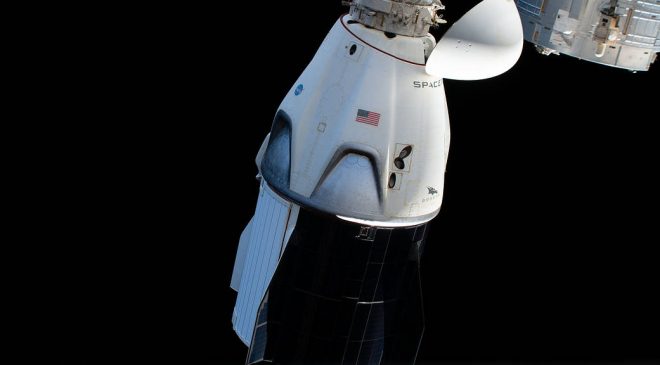
Average total cost of a data breach increased
by nearly 10 per cent year over year.
NASA is migrating back to on-premises using high-density storage technology consisting of StorONE’s software-defined S1 platform combined with an ECO FLASH hardware-defined storage array built by Storbyte.
NASA is now successfully utilising this award-winning combination of technologies to lower their total cost of ownership (TCO), while maximising data protection and increasing functionality in their High Performance Computing (HPC) environment. This initial 4U deployment consists of 640TB of All-Flash storage that includes a future capacity expansion to 1.5PB.
The Storbyte ECO FLASH hardware platform was developed to satisfy intense, uninterrupted read/write data performance requirements of military operation data centers like NASA. These HPC environments must sustain a demanding balance of reliability, efficiency, density, and speed. NASA selected Storbyte ECO FLASH based on its extreme density, speed, and future-proofing capabilities.
When density is a consideration, as it is for NASA, StorONE’s software-defined enterprise storage platform optimises storage hardware requirements and requires less physical media to achieve the same usable capacity. StorONE ensures maximum performance with features and workloads like tiering, snapshots, and replication.
StorONE’s ability to provide complete workload isolation enables customers like NASA to consolidate all storage use cases onto our platform without compromise. It is protocol and device-independent, allowing Optane, Flash, and hard disk drive storage tiers and fiber, iSCSI, NFS, SMB, and S3 protocols across all workloads. The efficiency of the StorONE solutions enables customers to consolidate one workload at a time, no matter how different those workloads may be. NASA, as an example, started with an HPC workload and then added Active Archive.




